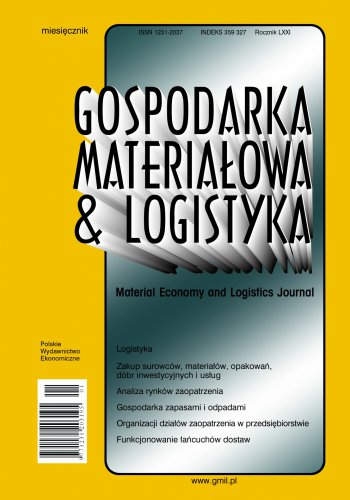The article describes C-ITS solutions that were included in the analyzes carried out for the purposes of the RID 4D project, entitled "Impact of the use of Intelligent Transport Systems services on the level of road safety" implemented at the request of the General Directorate for National Roads and Motorways and the National Center for Research and Development (contract no. DZP/RID-I41/7/NCBR/2016).
C-ITS solutions are the next stage in the development of Intelligent Transport Systems. Data from these systems can be used as part of the so-called Local Dynamic Maps, which are a tool combining static information about roads, road and roadside infrastructure with dynamic road information. The dynamic data range includes information sent to vehicles, including about road incidents or emergency braking, and their use can contribute to increasing road safety. In addition, increasing the amount of data available will enable more accurate response to threats by driver assistance systems in emergency situations, including systems used in autonomous vehicles.
The article also describes the possibility of supporting the development of electromobility by ITS solutions, mainly due to more efficient information to drivers about the possibility of charging a car traction battery and the use of intelligent outdoor locations, taking into account the battery level, as well as the location and availability of charging points.
Keywords: ITS; C-ITS; Cooperative Intelligent Transport Systems; transport safety

